Photographic Composition
A Visual Guide
Richard D. Zakia
David A. Page
Focal Press
Photographic Composition
A Visual Guide
Richard D. Zakia
David A. Page
 Amsterdam Boston Heidelberg London New York Oxford Paris San Diego San Francisco Singapore Sydney Tokyo
Amsterdam Boston Heidelberg London New York Oxford Paris San Diego San Francisco Singapore Sydney Tokyo 
Focal Press is an imprint of Elsevier
Copyright
Focal Press is an imprint of Elsevier
30 Corporate Drive, Suite 400, Burlington, MA 01803, USA
The Boulevard, Langford Lane, Kidlington, Oxford, OX5 1GB, UK
2011 Richard D. Zakia and David A. Page. Published by Elsevier Inc. All rights reserved.
No part of this publication may be reproduced or transmitted in any form or by any means, electronic or mechanical, including photocopying, recording, or any information storage and retrieval system, without permission in writing from the publisher. Details on how to seek permission, further information about the Publisher's permissions policies and our arrangements with organizations such as the Copyright Clearance Center and the Copyright Licensing Agency, can be found at our website: www.elsevier.com/permissions.
This book and the individual contributions contained in it are protected under copyright by the Publisher (other than as may be noted herein).
Notices
Knowledge and best practice in this field are constantly changing. As new research and experience broaden our understanding, changes in research methods, professional practices, or medical treatment may become necessary.
Practitioners and researchers must always rely on their own experience and knowledge in evaluating and using any information, methods, compounds, or experiments described herein. In using such information or methods they should be mindful of their own safety and the safety of others, including parties for whom they have a professional responsibility.
To the fullest extent of the law, neither the Publisher nor the authors, contributors, or editors, assume any liability for any injury and/or damage to persons or property as a matter of products liability, negligence or otherwise, or from any use or operation of any methods, products, instructions, or ideas contained in the material herein.
Library of Congress Cataloging-in-Publication Data
Application submitted
British Library Cataloguing-in-Publication Data
A catalogue record for this book is available from the British Library.
ISBN: 978-0-240-81507-7
For information on all Focal Press publications visit our website at www.elsevierdirect.com
10 11 12 13 14 5 4 3 2 1
Printed in Canada
Typeset by: diacriTech, Chennai, India

Dedication
To Professor C.B. Neblette, who in 1927 had a dream that photography should be part of a college curriculum. He saw his dream come true when in 1936 he became the director of a fledgling photographic program. With support from the Eastman Kodak Company, he developed the program into the largest in the nation. It is now called the School of Photographic Arts and Sciences at the Rochester Institute of Technology.
Richard D. Zakia
To Duke University's matriarch, Mary D.B.T. Semans, who for decades has been the guiding force behind the Visual and Performing Arts at Duke University and the North Carolina School of the Arts. Duke's first digital imaging computer, a Mac 660AV in 1993, was funded by her, which ushered in the digital photography age on campus. She also supported and funded many other photographic efforts and activities at Duke.
David A. Page
Acknowledgments
We are grateful for the many friends and colleagues who have allowed us the generous use of their copyrighted photographs. Without them, we would have been limited in the number of diverse photographs used in our book. Their names accompany their photographs. Where there is no listed authorship of a photograph, it is from iStock. We appreciate the vast diversity of their imaging resources. We are also grateful to Dover Publications for making available copyright-free high-resolution historical photographs and paintings. A special thanks goes out to Vicki H. Wilson, not only for the photographs she contributed but also for many different ways she so graciously assisted us, including some writing. Thanks also to our editor, David Albon in the London office and in the Boston office, Cara St. Hilaire, Kara Race-Moore, Stacey Walker, and Project Manager Melinda Rankin. It was indeed a pleasure working with them.
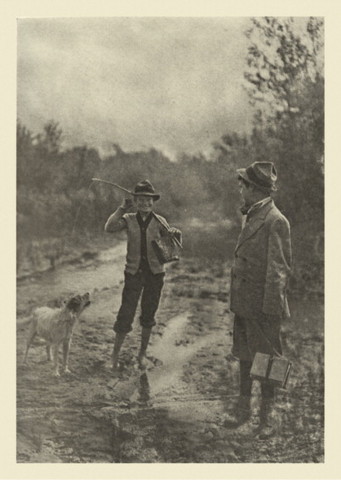
Let's Play Hookey, 1911 by Edward Weston
Every artist is at first an amateur.
Peter Henry Emerson
Introduction: Photographic Composition Visualized
Composition is the strongest way of seeing.
Edward Weston
Introduction
Digital photography has opened the door for everyone to become a photographer, and to discover, enjoy, and record the beauty that surrounds us. No longer is the pursuit of photography mired in the technical. Point and shoot is now the equivalent of Kodak's early box camera tagline: Press the button and we do the rest. The ease, fun, and satisfaction of truly instant digital photography have made us all photographers: Point, shoot, and share.
Although digital technology has simplified the technical aspects of taking photographs, it has done little to help us in the composing of photographs. Our book provides guidelines for improving the arrangement of elements in a photograph so as to create a sense of structure and balance. One might think of it this way: composition is to photography as grammar is to writing. Both need structure.
Composition
An article in a recent photographic magazine began with a statement that everything photographic begins with an understanding of the technical aspects of the equipment being used, such as the camera, lens, and filters. We agree somewhat, but would add not everything. Of equal importance is the capture of the photograph, which suggests some knowledge of composition. In mastering composition, one must develop the ability to attend to and see the shapes and forms of objects, textures, lines, masses, and the like, as well as their relationship to each other. This book emphasizes the importance of composition in both the taking of a photograph (capture) and making any adjustments that can improve the photograph after it has been taken (after capture).
Most photographic books that address the need for composition do so in a limited way. This book, on the other hand, is completely dedicated to a comprehensive approach to this important subject. The term photographic composition is most often used to define a small set of strict rules, such as the Rule of Thirds, that can strengthen the structure of a photograph. We have extended the range of compositional features to incorporate such things as the need for clarity or ambiguity in a photograph, practical examples of portraiture, the use of light and shadows, morphs (the discovery of different shapes and forms in nature), and Gestalt principles of organization from the field of psychology.

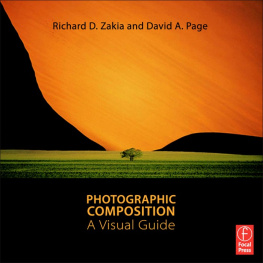

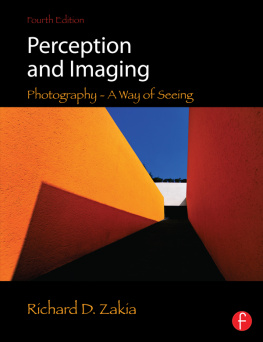
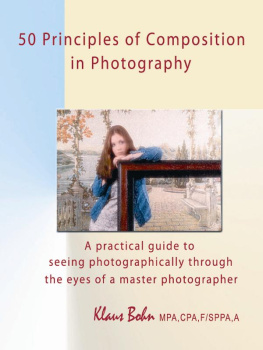
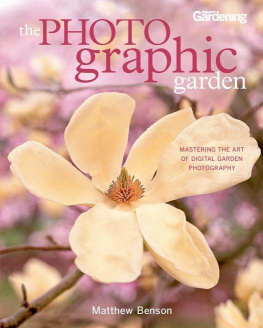
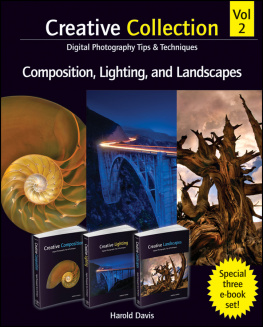
 Amsterdam Boston Heidelberg London New York Oxford Paris San Diego San Francisco Singapore Sydney Tokyo
Amsterdam Boston Heidelberg London New York Oxford Paris San Diego San Francisco Singapore Sydney Tokyo 

